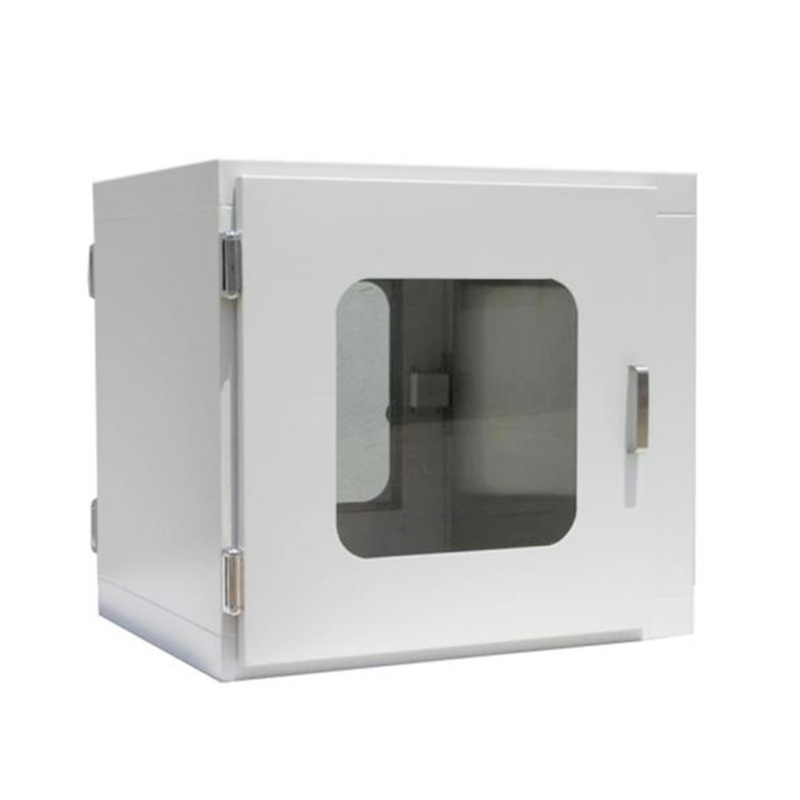

In the modern industrial landscape, efficiency and safe […]
In the modern industrial landscape, efficiency and safety are paramount. One innovative solution that has gained popularity across various sectors is the pass through box. This specialized equipment streamlines processes, enhances workflow, and minimizes the risk of contamination, making it an invaluable asset in manufacturing, laboratories, and food processing facilities.
A pass through box, also known as a pass-through chamber or pass box, is a sealed enclosure designed to facilitate the transfer of materials between different environments without compromising the integrity of either space. These boxes typically feature two access doors on opposing sides, allowing for easy loading and unloading of items. The design ensures that the contents can be transferred securely while minimizing exposure to outside contaminants.
The most important feature of a pass through box is its airtight construction. This sealing prevents dust, dirt, and other contaminants from entering the clean environment, which is crucial in sterile applications like laboratories and hospitals.
Pass through boxes are equipped with interlocking doors that prevent both doors from being opened simultaneously. This feature further ensures that contamination risks are minimized during the transfer process.
Pass through boxes are typically made from materials that are easy to clean and resistant to corrosion, such as stainless steel. This durability is essential for maintaining hygiene and facilitating regular maintenance.

Many manufacturers offer customizable options, allowing businesses to choose specific sizes, designs, and features that suit their operational needs. Some models may include built-in lighting, HEPA filters, or UV sterilization systems.
Pass through boxes significantly streamline the workflow by allowing for quick and safe transfers of materials between different areas of a facility. This efficiency reduces downtime and enhances productivity.
By providing a barrier between different environments, pass through boxes help control contamination risks. This is particularly important in cleanroom settings, laboratories, and food processing areas where hygiene is critical.
Pass through boxes can be installed in walls, helping to save floor space. This feature is particularly beneficial in facilities with limited room for equipment.
The use of pass through boxes minimizes the need for personnel to enter controlled areas, reducing the risk of cross-contamination and improving overall safety within the workspace.
Pass through boxes find applications across a variety of industries, including:
In pharmaceutical manufacturing, pass through boxes are essential for transferring raw materials and finished products between cleanrooms while maintaining sterility.
In food production facilities, these boxes facilitate the transfer of ingredients and finished goods, ensuring hygiene standards are met throughout the process.
Research and testing laboratories utilize pass through boxes to transfer samples and equipment without exposing sensitive materials to contamination.
In electronics assembly, pass through boxes protect sensitive components from dust and static while allowing for efficient handling.
Pass through boxes are a vital component in many industrial processes, enhancing efficiency, safety, and cleanliness. Their unique design and functionality make them indispensable in environments where contamination control is paramount. As industries continue to prioritize operational efficiency and hygiene, the adoption of pass through boxes will likely grow, further solidifying their place as a key element in modern manufacturing and processing operations. Investing in high-quality pass through boxes can lead to significant improvements in workflow and product integrity, ultimately contributing to the success of various enterprises.
Our new models offer superb design;competitive prices and their new features give them distinct advantages over similar products from other manufacturers.